Production Well Logging Simulator: Providing Valuable Insights into Subsurface Reservoir
Production well logging is a critical operation in the oil and gas business that gives valuable information about subsurface reservoirs. Operators can maximize output and improve recovery by analyzing the physical parameters of the formation and fluid content. A production well logging simulator gives engineers with detailed and realistic representations of well data, allowing them to acquire crucial insights into reservoir behavior. The significance, characteristics, and applications of the production well logging simulator in modern oil and gas operations are discussed in this article.
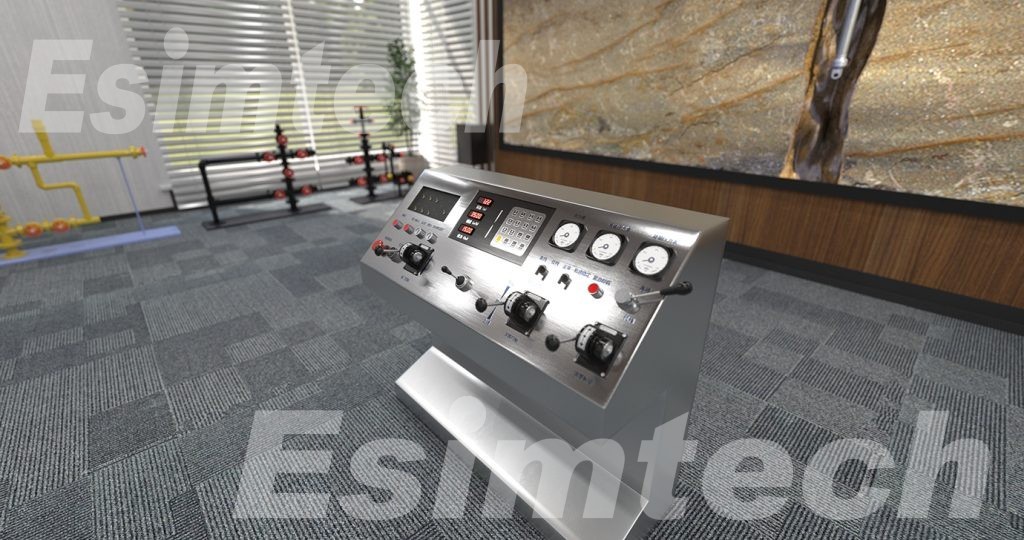
Why a Production Well Logging Simulator is Important
Production well logging is the process of collecting data from downhole tools put on an oil or gas well’s production string. These instruments monitor factors such as formation porosity, resistivity, fluid saturation, pressure, and temperature. The collected data provides a comprehensive understanding of the subsurface reservoir, aiding engineers in making critical decisions to optimize production, improve well performance, and extend the life of the reservoir. With its ability to simulate downhole tool responses and interpret logging data accurately, the production well logging simulator empowers operators to optimize production, improve reservoir management, and extend the life of valuable assets.
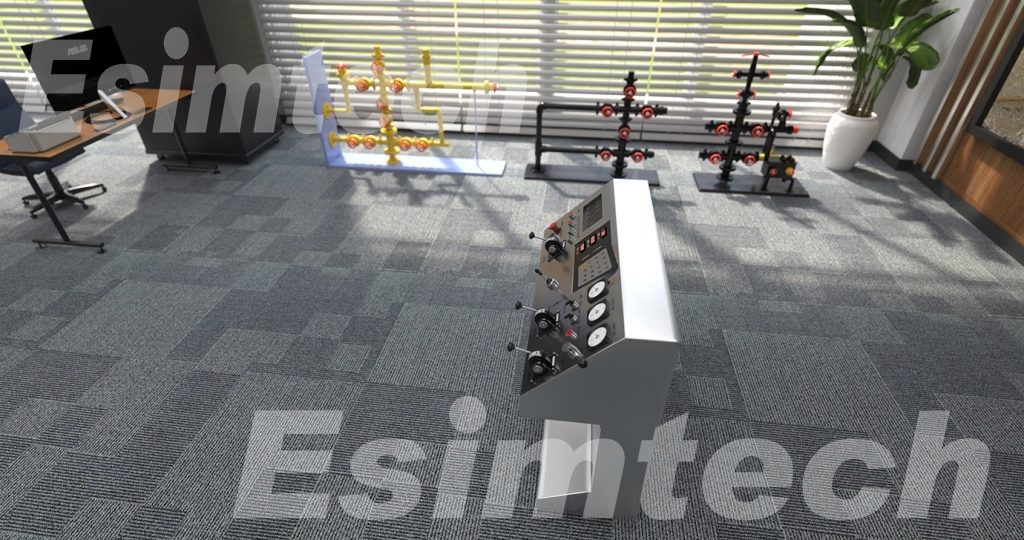
What are Key Components and Features of a Production Well Logging Simulator
The production well logging simulator is an all-in-one solution that combines multiple components and features to deliver significant insights into subsurface reservoirs.
1. Downhole Tool Models
The simulator includes realistic representations of industry-standard downhole logging gear. Among these tools are:
Gamma Ray (GR) Detector: Measures natural gamma radiation emitted by formations to identify lithology and estimate mineral content.
Resistivity Sensors: Determine the formation’s electrical resistivity, helping to identify hydrocarbon-bearing zones and water saturation levels.
Neutron Porosity Tool: Measures hydrogen content to estimate porosity and differentiate between oil, gas, and water zones.
Density Log: Measures bulk density to compute porosity and provide lithology information.
Pressure Gauge: Downhole pressure is recorded, which aids in well performance evaluation and reservoir pressure analysis.
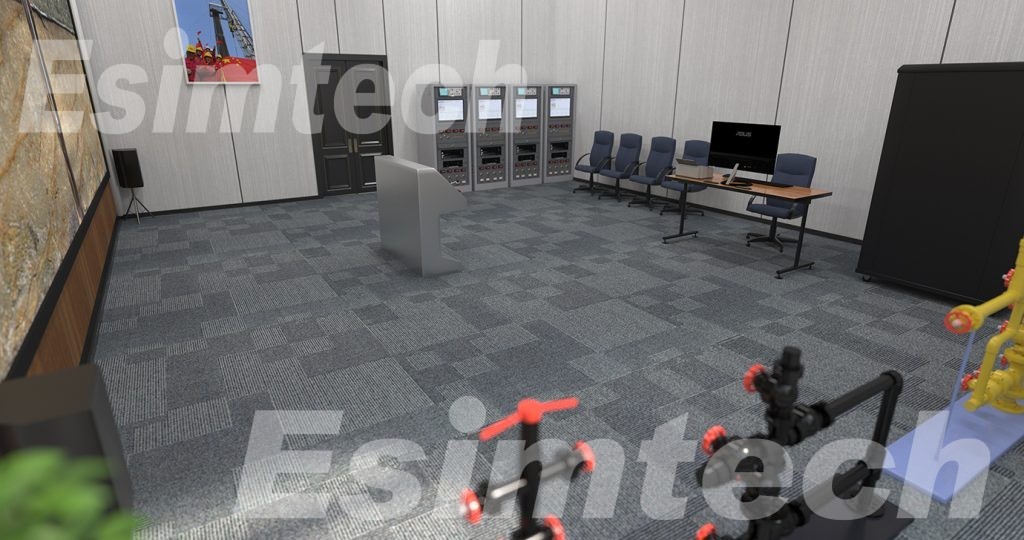
2. Reservoir and Fluid Models
To effectively simulate the subsurface reservoir, the simulator incorporates precise geology, petrophysical, and hydrodynamic models. These models take into account variables such as:
Formation Porosity and Permeability: Understanding these characteristics is critical for understanding the reservoir’s ability to hold and transfer fluids.
Fluid Saturation: To accurately estimate reserves, distinguishes between hydrocarbons (oil and gas) and water within the reservoir.
Rock Properties: Rock compressibility and thermal conductivity are examples of qualities that influence reservoir performance.
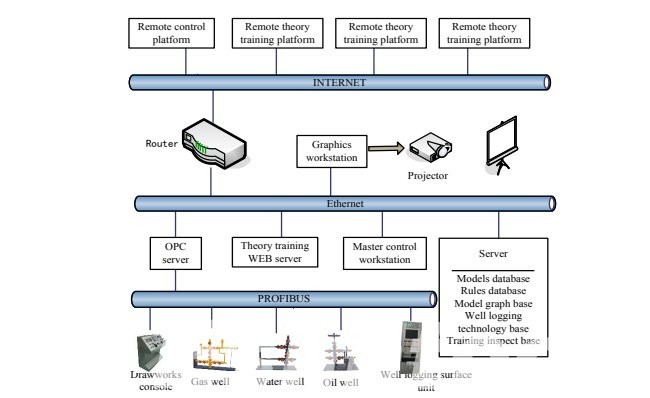
3. Numerical Algorithms
Advanced numerical algorithms analyze and turn raw logging data into useful reservoir properties. Typical algorithms include:
Inversion Algorithms: These algorithms calculate reservoir properties based on well-logging data, offering useful information on formation characteristics.
Machine Learning Techniques: Used for data-driven interpretations and optimization of well-log metrics.
4. 3D Visualization
Engineers can observe changes in the reservoir over time using the simulator’s 3D visualization capabilities. This time-lapse research contributes to a better understanding of reservoir dynamics and the effects of production activities.
5. Data Integration
To provide a complete view of the reservoir, the well logging simulator incorporates several types of data, such as seismic data, historical production data, and well test results. This combined strategy improves reservoir characterization and interpretation accuracy.
6. Uncertainty Analysis
Uncertainties are inherent in well logging data. The simulator uses uncertainty analysis approaches to measure and assess the dependability of the interpreted outcomes, which improves decision-making under uncertainty.
7. User Interface
Engineers and operators can interact with the simulator more effectively thanks to a simple user interface. It makes data entry, simulation setup, and result visualization easier, making the product more accessible to professionals with varying levels of expertise.
8. Scenario Analysis
Engineers can use the simulator to run different scenarios, changing production parameters and well configurations. This function facilitates in assessing the influence of various production tactics on reservoir performance and optimizing production plans.
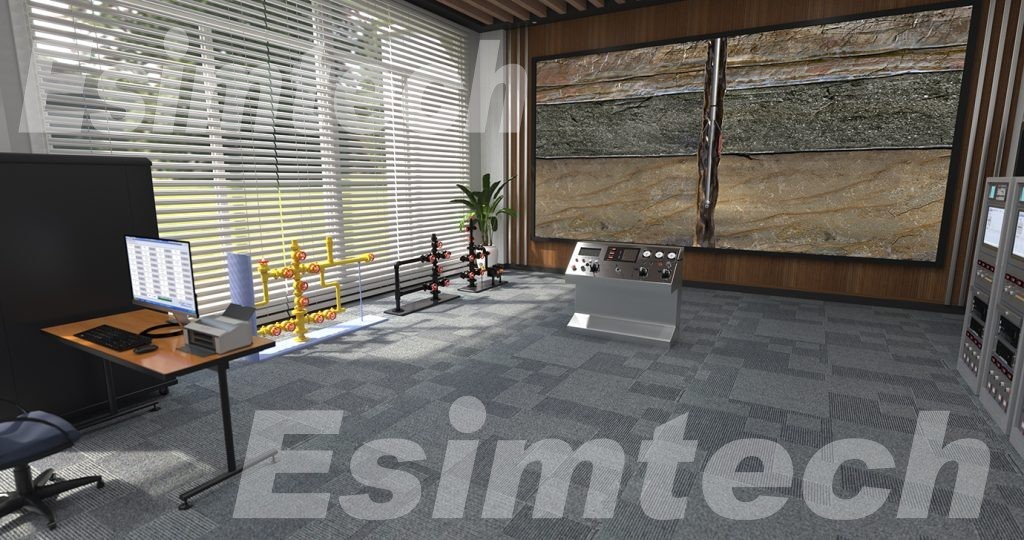
What are the Applications of a Production Well Logging Simulator
Reservoir Management
A production well logging simulator is a significant tool for reservoir engineers and operators who want to properly manage oil and gas reservoirs. It aids in the optimization of production plans, the prediction of reservoir behavior, and the extension of reservoir lifespan.
Field Development Planning
The oil and gas simulator aids in the selection of well locations, well completion designs, and overall reservoir development strategies throughout the early stages of field development. This guarantees that resources are used efficiently and that production potential is maximized.
Well Performance Evaluation
Engineers can use well logging simulators to evaluate individual well performance, identify production issues, and create corrective actions to increase well output.
Enhanced Well Stimulation
The simulator supports in the design of effective well stimulation and enhanced oil recovery (EOR) procedures to increase hydrocarbon recovery rates by properly calculating formation characteristics and fluid saturation.
Reservoir Monitoring and Surveillance
The 3D visualization capabilities of the simulator allow operators to track reservoir changes over time. This makes it easier to identify possible production difficulties, such as water or gas leaks and allows for timely response.
Reserve Estimation
Well logging data accuracy and reservoir characterisation aid in the precise calculation of recoverable hydrocarbon reserves. Financial planning, asset valuation, and investment decisions all rely on this.
Summary
The production well logging simulator has become an essential tool in the oil and gas industry, providing engineers with useful data and insights into subsurface reservoirs.

